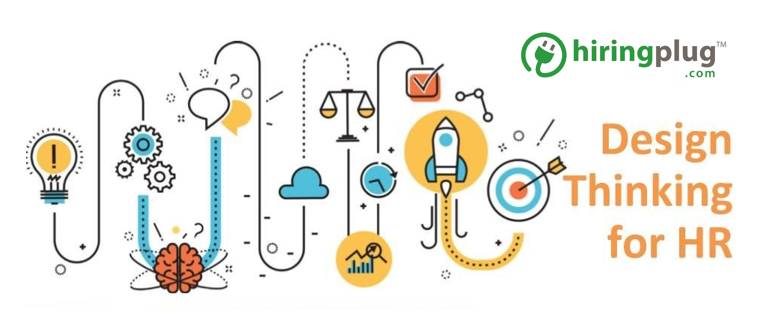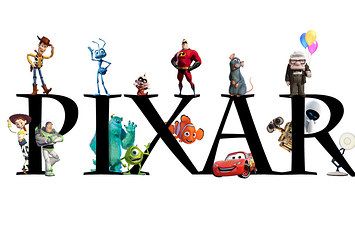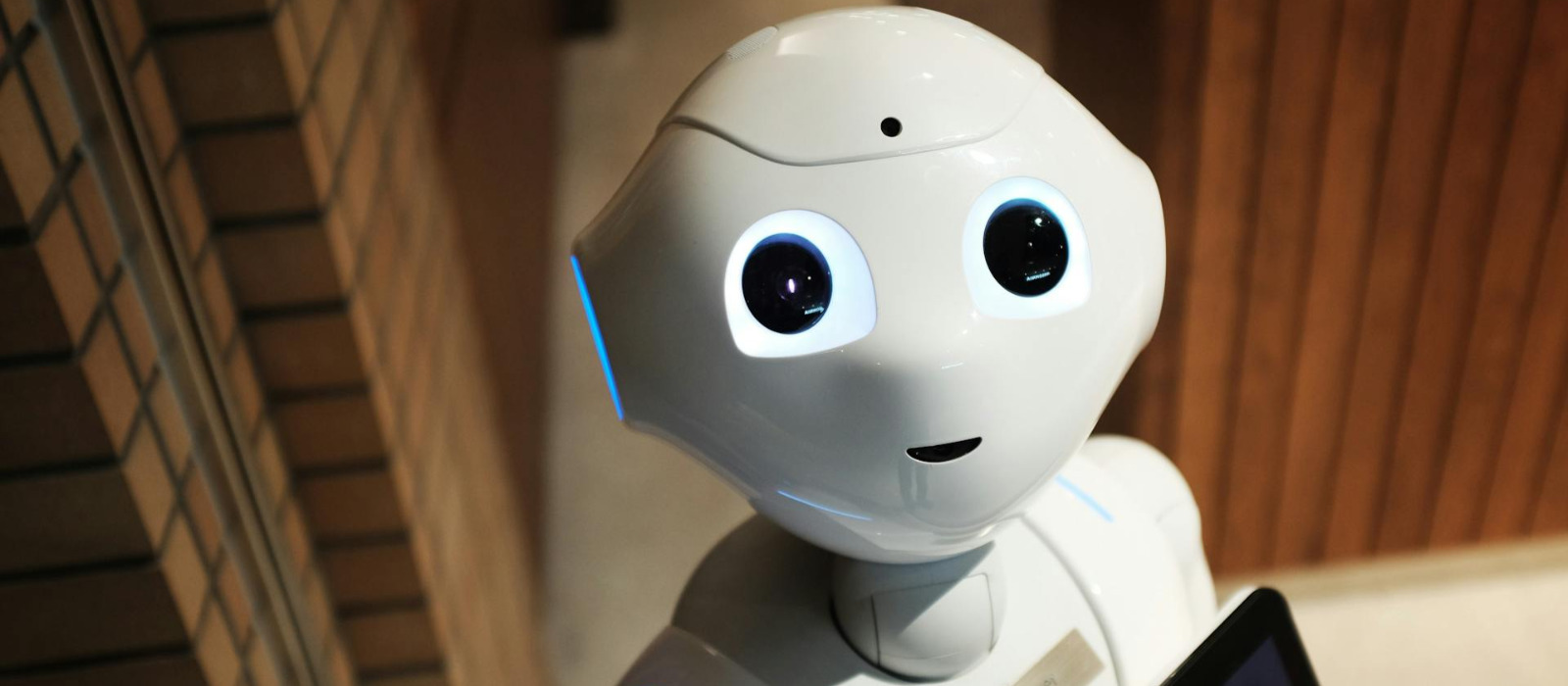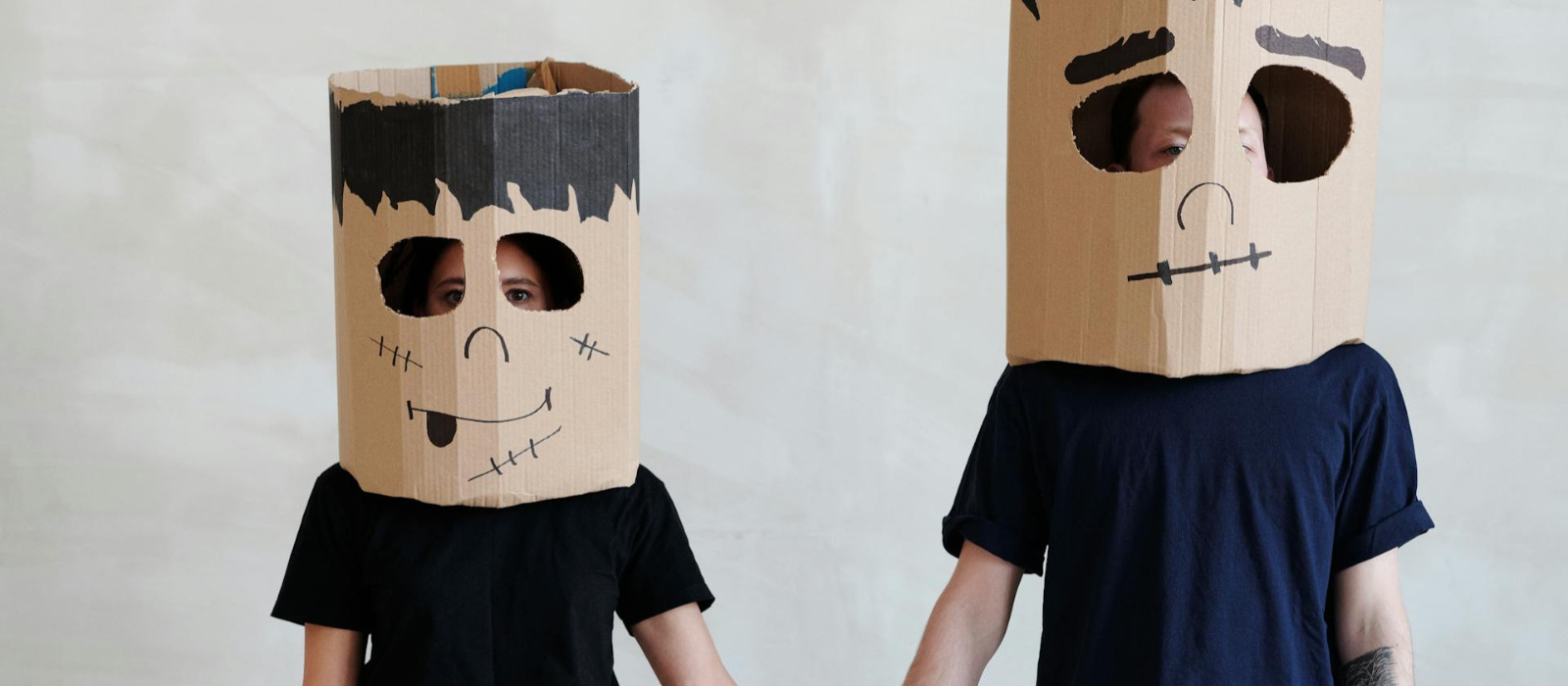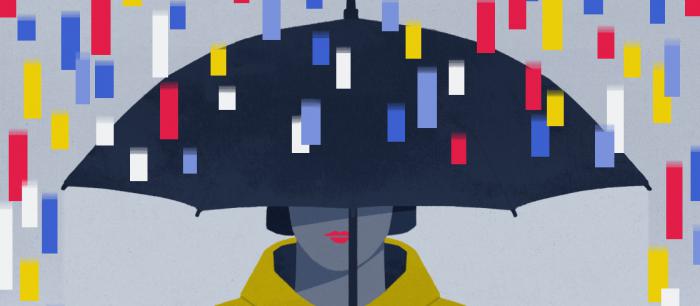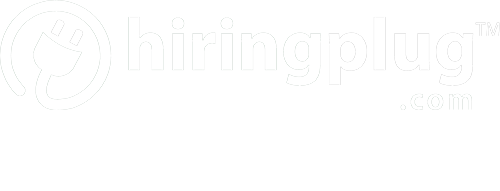- David J. Schwartz
Design thinking – this seemingly new concept has now become somewhat of a trend. Entrepreneurs talk about it, leaders talk about it, your friends are enrolling in courses related to it, it’s basically everywhere. So, what exactly is it?
Design thinking has actually been in practice for years now, but the concept has gained more popularity in recent years. It is an iterative process in which we try to understand the user, challenge assumptions, and reframe challenges in order to find new tactics and answers that aren't immediately obvious based on our current level of understanding. Simultaneously, design thinking offers a problem-solving strategy based on solutions. The process of design thinking involves five main steps – empathize, define, ideate, prototype and test.
Gaining an empathic knowledge of the problem you're seeking to address is the first step in the Design Thinking process. This entails consulting experts to learn more about the subject of concern, as well as observing, engaging, and empathizing with people to better understand their experiences and motivations, as well as immersing yourself in the physical environment to gain a more personal understanding of the issues at hand.
You put together the knowledge you developed and received throughout the Empathies stage during the Define stage. This is where you will synthesize and analyze your observations in order to describe the fundamental challenges that you and your team have noticed so far.
In the empathize stage, you learned more about your users and their needs, and in the Define step, you analyzed and synthesized your findings to come up with a human-centered problem statement, so now you can move on to the idea generation phase. Brainstorm to inspire free thinking and widen the problem space, as it is critical to generate as many ideas or problem solutions as possible at the start of the Ideation phase.
After generating and shortlisting ideas in the design thinking process, you move on to building inexpensive and scaled down versions of the possible solutions you came up with for the prototype stage. This stage is experimental and is supposed to help you identify the best possible solution out of your pool of ideas.
After settling on a single idea, you move on to the final phase – testing. The outcomes of the testing phase are frequently used to redefine problems and inform users' awareness of the conditions of usage, how people think, behave, and feel, and to empathize. Even during this stage, changes and improvements are done to rule out potential problem solutions and gain a thorough grasp of the product and its users.
The process promotes creativity and innovation, and helps you solve a problem with a more user-oriented approach.
So why is somebody from an HR centric committee suddenly talking to you about design thinking? Well, with passing time, the world starts coming up with new expectations from the HR department, and this article is on how design thinking can help you, as a manager, in meeting those expectations – how design thinking can transform HR.
As an HR manager, the employees of the company are your customers, and it is your duty to ensure they get the best experience. Changing expectations necessitate new approaches to people management and new ways of thinking about the employees, and design thinking is one of those approaches.
Design Thinking can be used in a number of different HR practices. From attracting and identifying suitable employees to assigning them to specific jobs, identifying possibilities for them to transfer them into new responsibilities, and finally retaining and developing important personnel. Design Thinking, with its user centric approach, allows us to understand how our ideal applicant searches for a job and what criteria they use to evaluate and compare firms and possibilities from the very beginning. Later stages provide insight into what people want and need, their experience along the process, the touch points that allow HR to improve the experience, and the goals that HR must set in order to fully utilize and retain essential employees.
A number of different companies like Apple, IBM, Cisco and Pixar have already started incorporating design thinking processes in their HR functions and have seen fruitful results.
For example, after finding that employee engagement has a direct impact on customer happiness and profitability, IBM employed design thinking to implement organizational improvements. They used a new hire evaluation to assist them revamp their employee onboarding approach because they believe that employee engagement should start early. IBM also collaborated with employee groups to roll out a new performance management system throughout the organization. Pixar, on the other hand, Pixar has a dedicated Employee Experience Manager who meets with employees and managers on a regular basis to better understand their experiences, difficulties, and development requirements. Perhaps, you have experienced more on this topic. Do let us know!
Hey there !
Author Details
Related Blogs
Popular Tags
Subscribe Now

